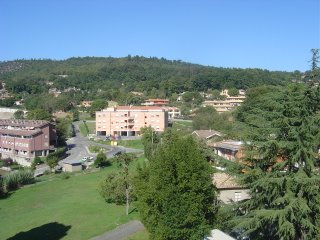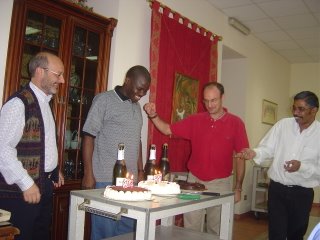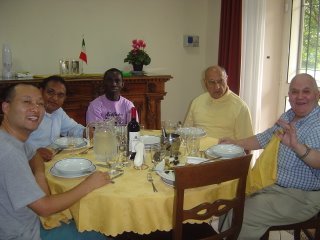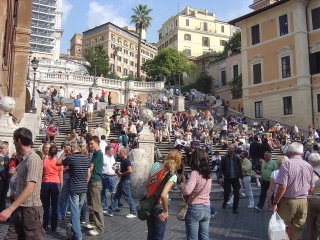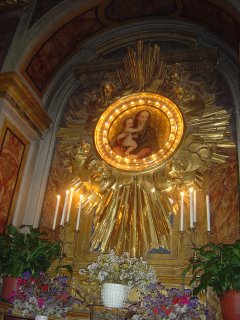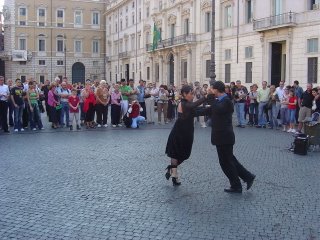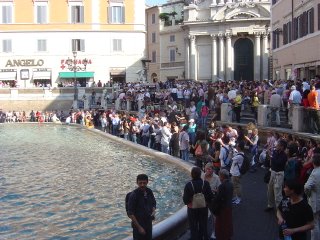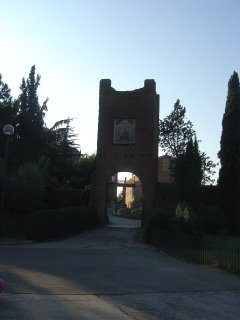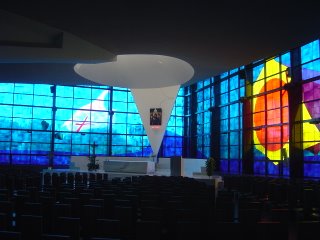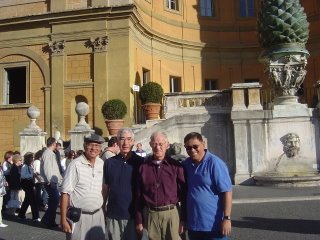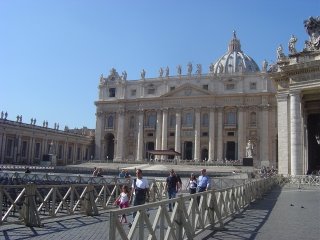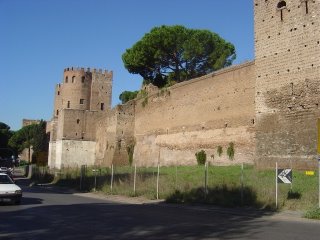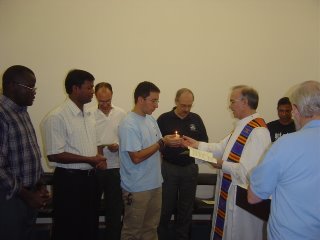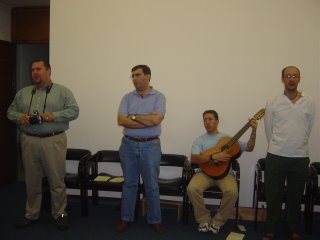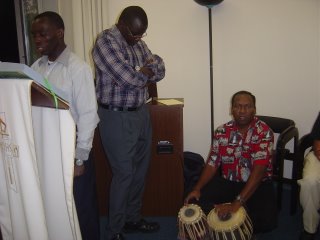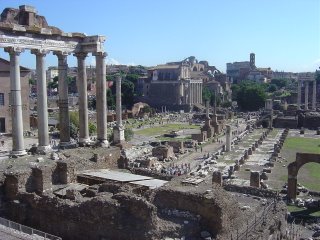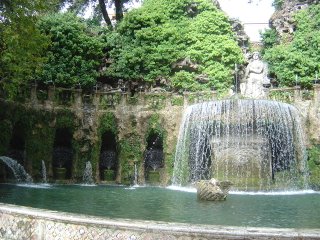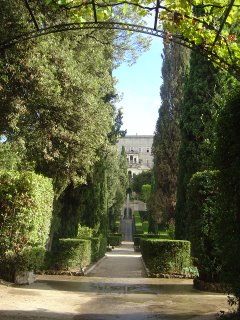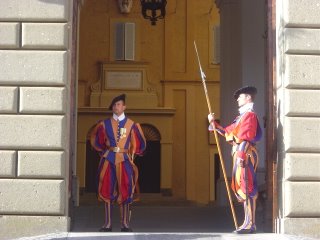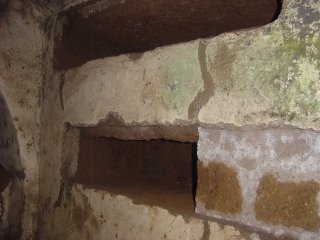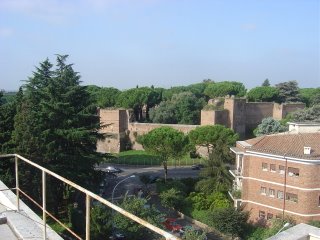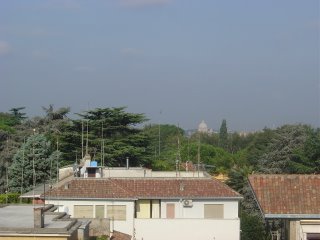Bus and Train tours


Last Saturday and Sunday all of us on the sabbatical program went on a bus tour to visit an Etruscan city filled with lots of burial grounds - necropolis, near the town of Cerveteri. We were amazed how many mounds of burial grounds were in the area. Later that afternoon we visited Lake Bracciano and had lunch at one of the local hotels along the lake. This lake reminded me of Lake Tahoe with beautiful mountains surrounding the lake. On Sunday several of us went by train to the medieval city of Viterbo. I was impressed by the number of churches in the area pocketed throughout the city. In the 12th century there were a number of Popes who lived in the city during the turbulent times in Rome. Pope John XXI is buried in the basilica of San Lorenzo, a beautiful Romanesque Church. There is also a beautiful church named after Santa Rosa where the remains of St. Rose are buried in a side chapel of the church. On September 3rd of each year, the parishoners have a procession in the city in honor of St. Rose; they carry a "machine" - longated candle that is well lighted and luminous. We began this week with sessions on the 3rd age spirituality. Sr. Margaret, Daughter of Mary and Joseph, from England is our facilitator for the sessions focusing on the later stages of life; growing gracefully with age and wisdom. On Wednesday we continued our sessions on life-long learning focusing on Jung's psychology. During the second session we focused on the importance of prayer especially contemplation - long, loving, look at what is. I am reminded of the classical definition of prayer: lifting up of our minds and hearts to God. Here at Manziana we have time for meditation besides our morning and evening prayer along with Eucharist everyday. This place is very conducive for prayer; nice garden and apple grove with lots of trees and plants around the property.
